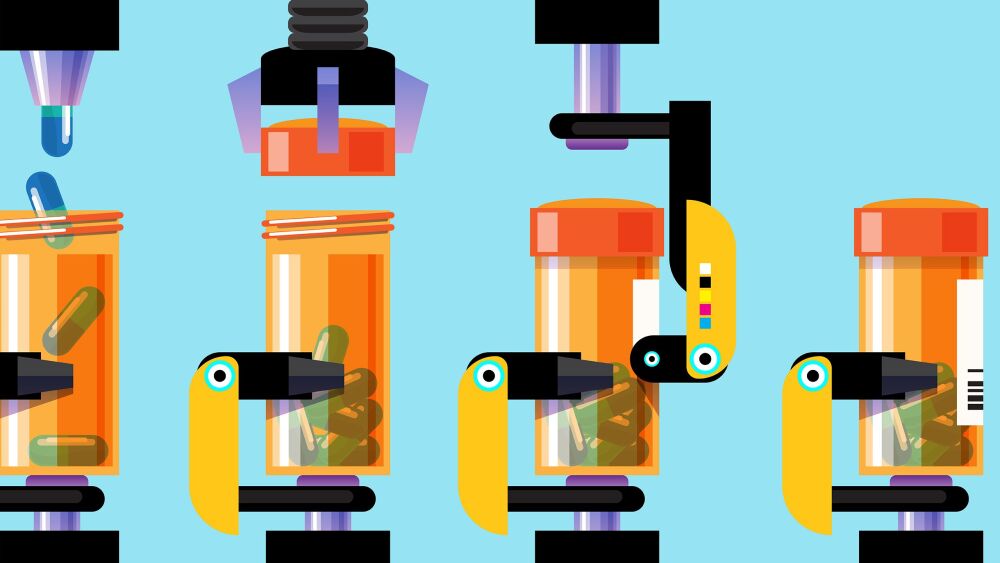Under PreCheck, the FDA will communicate more frequently with pharmaceutical companies, helping them as they establish or expand manufacturing sites in the U.S.
The FDA on Thursday launched a new program called PreCheck, in hopes of streamlining the regulatory process for pharma companies ramping up their manufacturing infrastructure in the U.S.
In a prepared statement on Thursday, FDA Commissioner Marty Makary flagged the country’s “overreliance” on overseas drug manufacturing, which he said has “created national security risks.” PreCheck, in this context, will “help reverse America’s reliance on foreign drug manufacturing,” ensuring a “resilient, strong, and domestic drug supply.”
The program operates in two phases. The first, called the Facility Readiness Phase, will allow companies to more frequently communicatewith the FDA “at critical development stages,” as the Thursday announcement put it, such as facility design, construction and pre-production. This stage will also include the use of Drug Master Files, a facility-specific document through which companies provide comprehensive information, including site layout and operations.
The second phase will focus on streamlining the Chemistry, Manufacturing and Controls section of the companies’ application. The FDA will make itself available for pre-application meetings and provide applicants with early feedback.
FDA’s PreCheck program comes as the U.S. is feeling the effects of President Donald Trump’s tariffs. Sector-specific levies on pharma have yet to be enforced, though the president continues to keep it top-of-mind for the industry. Earlier this week, for instance, he upped the ante by telling CNBC that pharma imports could be subject to duties as high as 250%—the highest rate he’s threatened so far. In early July, he said that tariffs could reach 200%.
Last week, Trump reached a trade deal with the EU that, among other things, would slap a 15% tariff on pharma products from the region. There is additionally an ongoing Section 232 national security probe on pharma imports. The investigation remains active, as per a U.S. Department of Commerce webpage.
Looking to mitigate the financial impacts of these tariffs, many of the biggest pharma players have pumped billions of dollars into the U.S. to beef up their domestic supply chains. Johnson & Johnson has so far had the biggest commitment with a $55 billion package in March, followed by Roche and AstraZeneca, which have each pledged $50 billion.
Generic drugmakers are also joining the U.S. manufacturing blitz. Last week, South Korea’s Celltrion announced that it would pay more than $500 billion to acquire a facility in the U.S., according to reporting from Reuters. Similarly, India’s Aurobindo has bought U.S.-based Lannett for $250 million.






